
Printers are essential in modern offices, but driver issues can cause print failures, connection problems, or poor print quality, impacting efficiency. This guide provides steps to resolve common printer driver issues and boost office productivity.
1. Update the Printer Driver
When driver issues occur, the printer may not function properly. Common problems include outdated, incompatible, or corrupted drivers. It's recommended to use Driver Sentry for automatic driver detection and updates, which saves time and reduces the risk of downloading or installing incorrect drivers.
Click the download button to get the latest version of Driver Sentry. After installation, open the software and click "Scan".
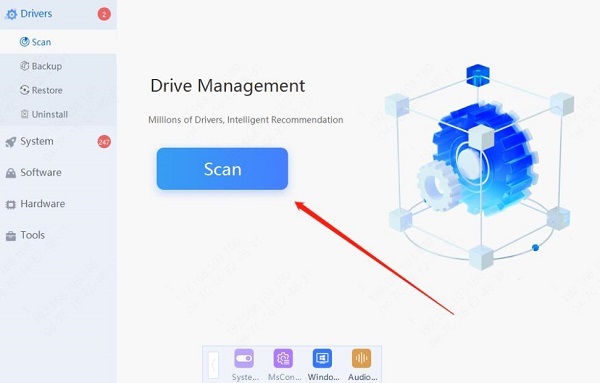
Once the scan is complete, the software will display drivers that are either missing or need updating. Locate the printer driver in the list and click "Update".
After updating, restart your computer to ensure the new driver takes effect.
2. Check Printer Connections
Check USB Connection (for wired printers)
Ensure the USB cable between the printer and the computer is properly connected and working. Try plugging the USB cable into another port to rule out port issues.
If using a USB hub, connect the printer directly to the computer's USB port for better stability.
Replace the USB cable if it's damaged.
Check Wi-Fi Connection (for wireless printers)
Ensure the printer is connected to the correct Wi-Fi network. You can check the printer's network status through the printer panel or the computer.
Access the printer control panel to review network settings and ensure the printer's IP address matches the router's subnet.
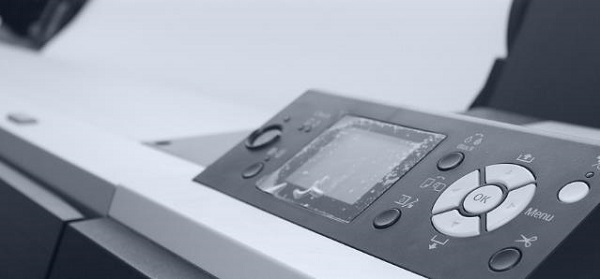
If the Wi-Fi connection is unstable, try moving the printer closer to the router or use a wired connection for improved stability.
Make sure the printer is powered on and functioning normally without any paper jams or error messages.
3. Reinstall the Printer Driver
Press Win + X, select "Device Manager", and open it.
Expand "Print Queues" or "Other Devices", locate your printer, right-click, and choose "Uninstall Device".
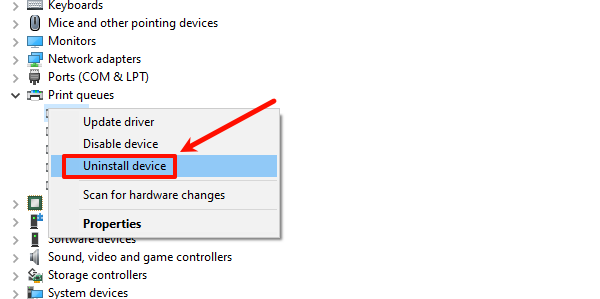
Check the box that says "Delete the driver software for this device", then click "Uninstall" and restart your computer.
Visit the printer manufacturer's official website, find the latest driver suitable for your system, and download it.
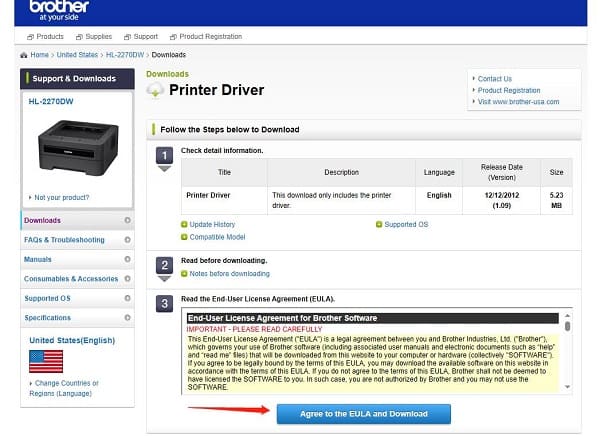
After downloading, follow the installation instructions to complete the process.
Once installed, restart your computer and try printing to see if the issue is resolved.
4. Run Windows Printer Troubleshooter
Press Win + I to open "Settings", then go to "System" or "Update & Security".
Click "Troubleshoot", and under "Additional troubleshooters", find "Printer" and click "Run the troubleshooter".
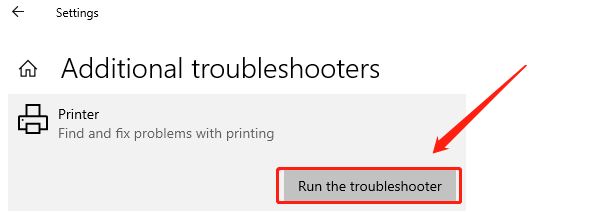
The system will automatically detect connection and driver issues related to the printer and provide suggestions for fixes.
Once the repair is complete, restart your computer and try printing again.
5. Use a Generic Printer Driver
Open "Device Manager", right-click on the printer, and choose "Update Driver".
Select "Browse my computer for drivers", then click "Let me pick from a list of available drivers on my computer".
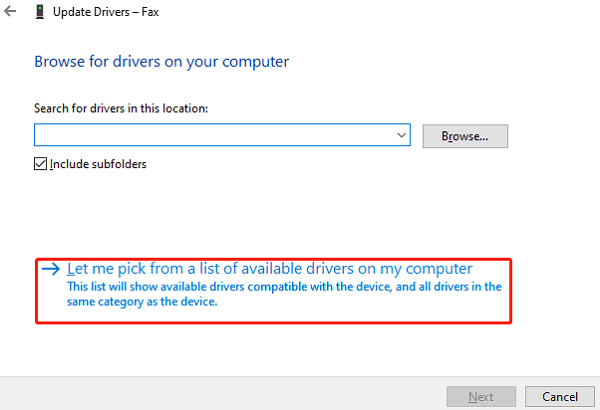
From the list, select "Generic Printer Driver" or "Microsoft Generic Print Driver", and click "Next" to install.
After installation, test the printer to see if it works.
6. Update the Operating System
Press Win + I to open "Settings", then click "Update & Security".
Click the "Check for Updates" button, and the system will automatically search for the latest updates.
If there are any printer-related updates, click "Download and Install", and the system will automatically apply the updates.
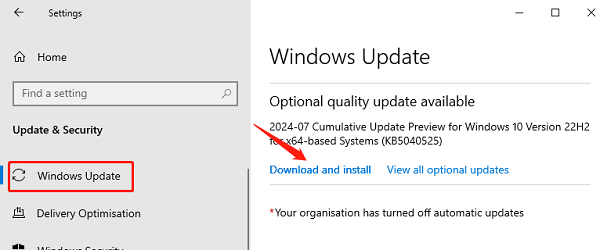
Once the update is complete, restart your computer to apply the changes. Then, try connecting and printing to check if the issue is resolved.
Following these steps should help resolve common printer driver issues and ensure the printer operates smoothly, thus improving work efficiency. If the problem persists, consider reaching out to professional technical support.
See also:
How to Fix Error 202 amd but there is no updates
8 Ways to Fix Windows 11 Internet Connection Issues